Castel Gandolfo, the “Town of the Popes”, is one of the most beautiful villages in Italy. It lies in the Castelli Romani, on the edge of the volcanic Lake Albano. Summer residence of the Popes since the early seventeenth century, the village boasts cultural and religious traditions and preserves archaeological remains and Renaissance Villas.
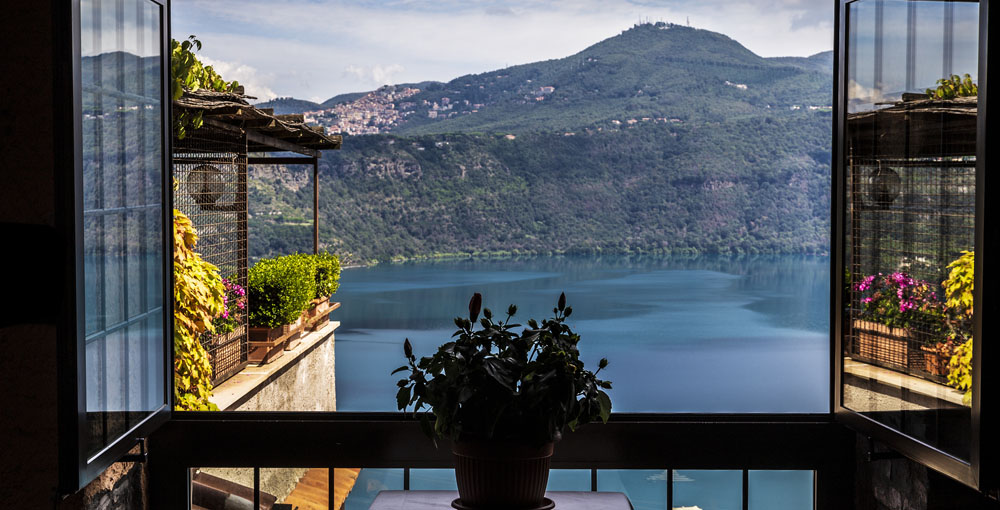
View of Lake Albano
Let us experience the history of Castel Gandolfo among the many churches and the ancient palaces of noble families such as the Savelli, or the Poniatowskj, the owners of a more recent defensive building with walls, towers and gates.
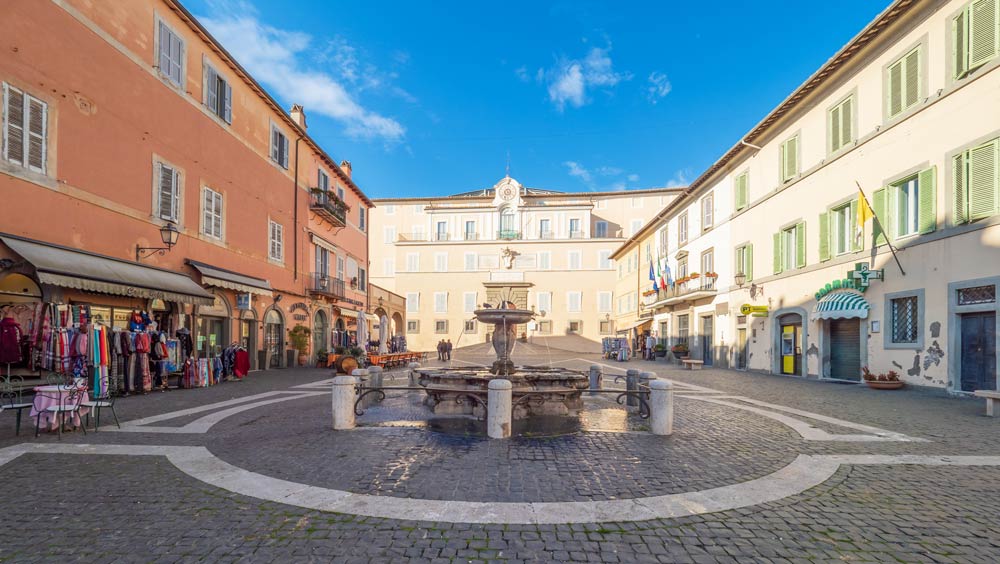
Not to be missed is Piazza della Libertà, hosting one of the most famous fountains by Bernini. The Square is dominated by the Apostolic Palace. Castel Gandolfo is home to the Ville Pontificie (Papal Villas), a 55-hectare complex that includes Villa Barberini, Villa Cybo and the Apostolic Palace. The latter was transformed, at the behest of Pope Francis, into a museum centre open to the public. A decision that Pope Leo XIV wanted to respect by moving his first summer residence to Palazzo Barberini.

Palazzo Pontificio in Castel Gandolfo
The ancient façade of the Papal or Apostolic Palace is the work of Maderno, later taken up by Bernini, who also designed the entrance gate to the garden. From the courtyard of the Palace, the Pope has for more than 400 years imparted the apostolic blessing at the end of the Angelus, at 12 noon on summer Sundays, to hundreds of faithful and non-faithful, crowded in Piazza della Libertà.
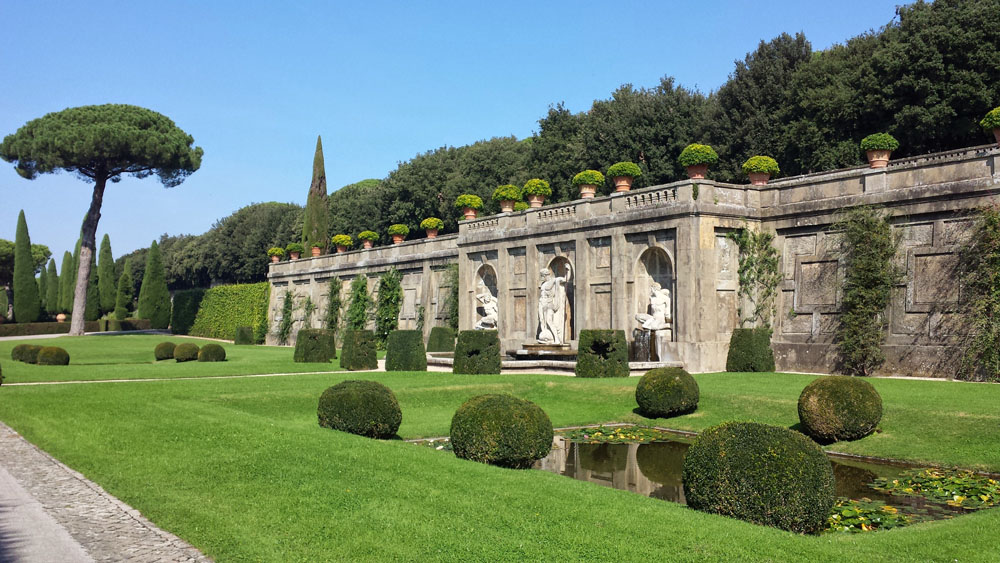
The Garden of Mirrors
The beautiful 400-hectare Italian Gardens of the Palace overlooking the lake, are open on weekends in the warm season. From Rome, Castel Gandolfo is reachable through the historical Ferrovia Vaticana.
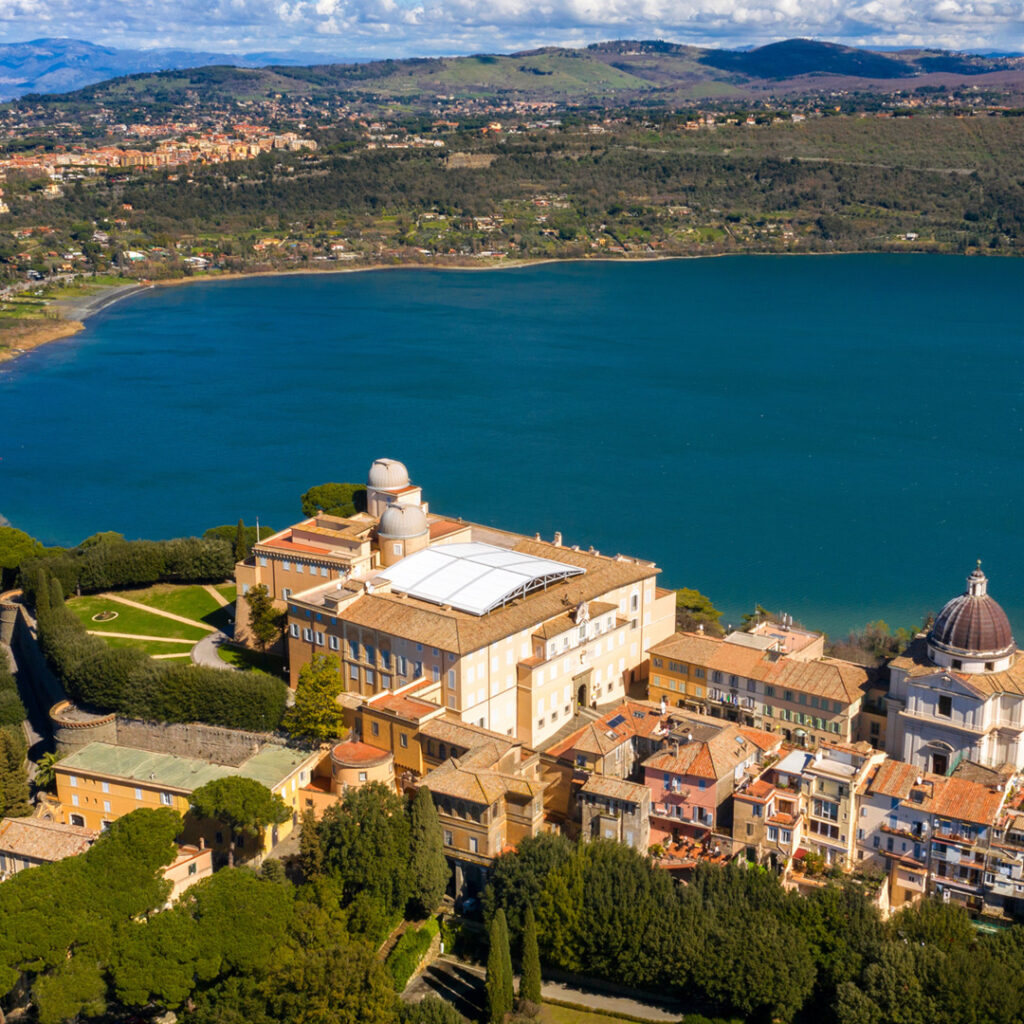
The Castel Gandolfo Observatory
The Pontifical Palace, or Apostolic Palace, which hosted the illustrious scientist Guglielmo Marconi, housed the Astronomical Observatory, transferred here from the Collegio Romano in Rome, due to the light pollution of the City. The Observatory remained in use until the end of the last century.
The beauty of Castel Gandolfo inspired the renowned Roman poet Giuseppe Gioachino Belli, who composed here, in the nineteenth century, the sonnet “Er viaggiatore” (The traveller), dedicated to the young foreign artists and intellectuals on the Grand Tour, an obligatory educational journey throughout Europe.
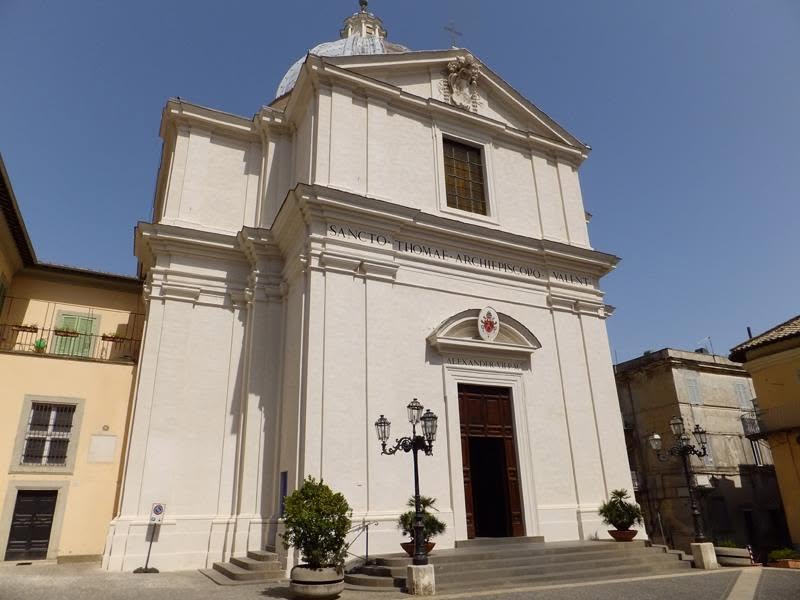
Chiesa Pontificia San Tommaso da Villanova – Facebook @ParrocchiaCastelGandolfo
The Chiesa Pontificia di San Tommaso da Villanova overlooks Piazza della Libertà, near the Ville Pontificie. It is a 17th century work by Bernini, commissioned by Pope Alexander VII Chigi. It was dedicated to St Thomas for his canonisation in the same year that work began. The interior stucco decoration is by Antonio Raggi, the paintings by Pietro da Cortona, Giacinto Gimignani and Guglielmo Cortese.
In July 2025, Pope Leo XIV celebrated mass in this church on his return for his summer holiday after years of absence. The Angelus was recited in Piazza della Libertà.
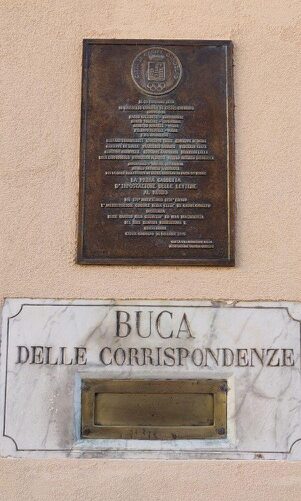
The oldest Mailbox
On the village main square, we come across an exceptional discovery, the oldest mailbox in the world, installed in 1820.
Castel Gandolfo is also called “The Town of Peace”, as ceramic doves, created by local artisans, have been placed on the five entries to the village to welcome visitors from all over the world with a universal sign of peace.
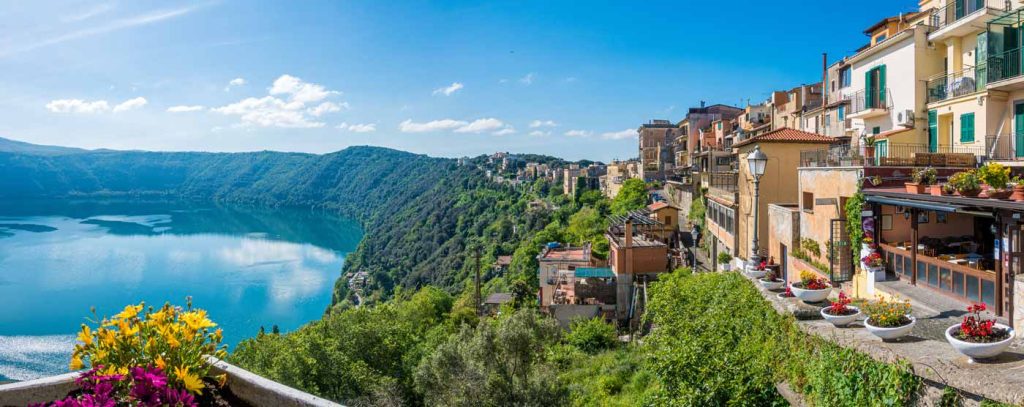
Lake Albano is an ancient volcanic crater with an elliptical shape, surrounded by woods and meadows in the Castelli Romani Natural Park, equipped with trails suitable for everyone.
The traditional local gastronomy exalts lake fish, but also cheeses typical of the Campagna Romana and peaches, so firm and sweet that they are called “cheeks”. All washed down with Colli Albani DOC wine, made excellent by the volcanic soil rich in salts and the lake microclimate.
